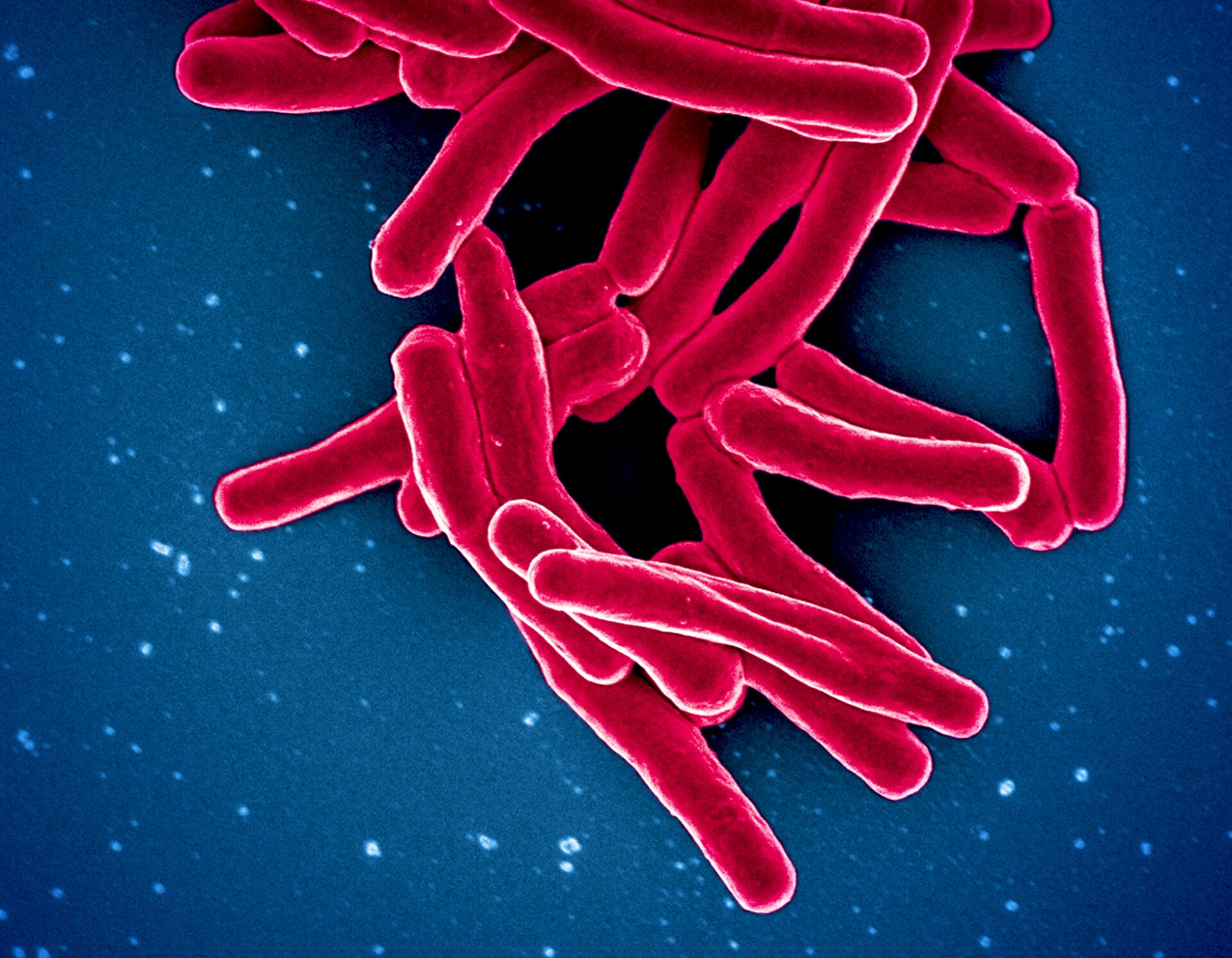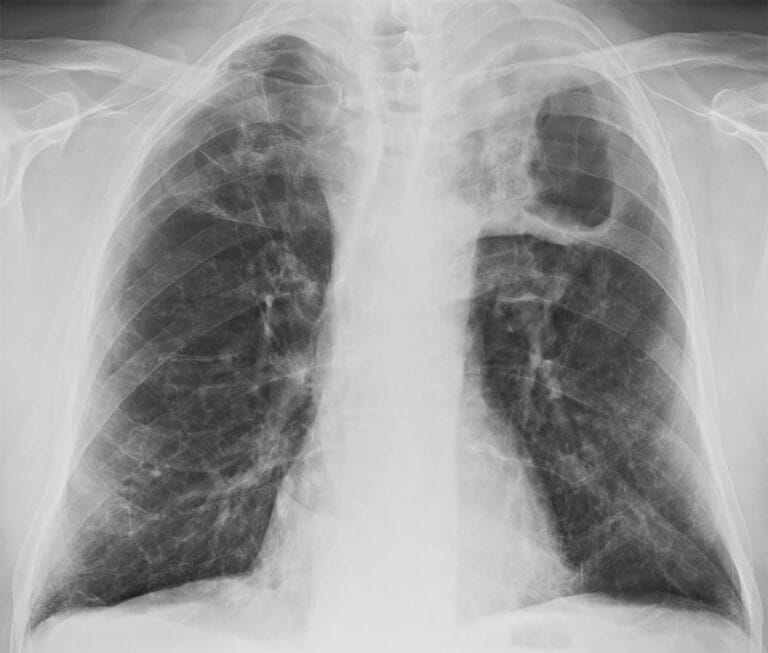What is tuberculosis?
Image credit: By NIAID - Mycobacterium Tuberculosis Bacteria, the Cause of TB, CC BY 2.0,

Tuberculosis is an infectious disease caused by a type of bacteria and mainly affects the lungs.
- Tuberculosis is an infectious disease that mainly affects the lungs. The main symptoms are a persistent – and occasionally bloody – cough.
- Tuberculosis is caused by a bacterium called Mycobacterium tuberculosis.
- Around one-third of the world’s population are believed to be infected with Mycobacterium tuberculosis and more than 2 million people die from the disease each year.
What is tuberculosis?
- Tuberculosis is an infection caused by the bacterium Mycobacterium tuberculosis. It’s sometimes called TB.
- Tuberculosis mainly affects the lungs but can spread to other parts of the body, such as the bones and nervous system.
- It can also cause meningitis and inflammation of the membranes surrounding the brain and spinal cord.
- Most people’s immune system is able to kill the Mycobacterium tuberculosis bacteria before it causes symptoms.
- There are two types of tuberculosis infections: latent and active.
- In a small proportion of people, tuberculosis progresses to active disease. This is more common in people with a weakened immune system – for example, people with HIV.
- If left untreated, the active disease has a mortality rate of around 50%.

There are two types of tuberculosis infection: latent and active.
Latent tuberculosis infections
- People with latent infection do not have any signs or symptoms of the disease.
- They are not infectious and cannot spread the infection to anyone else.
- However, the infection can reactivate after many years of latency. This reactivation is more likely in people whose immune system is weakened – for example, if they have HIV or are on immunosuppressant drugs.
Active tuberculosis infections
- In some people, the tuberculosis infection progresses to an active state.
- People with active tuberculosis experience symptoms of the tuberculosis.
- They can spread the infection to others.
How is tuberculosis spread?
- Tuberculosis is spread through the inhalation of tiny droplets from the coughs or sneezes of an infected person with an active infection.
- Infection usually only spreads after prolonged exposure to someone with the illness.
- Tuberculosis will often spread within a family or group of people living in the same house.
What are the symptoms of tuberculosis?
- When tuberculosis affects the lungs, it causes a persistent, and occasionally bloody, cough.
- More generally, it causes symptoms such as weight loss, high temperature, night sweats, fatigue and loss of appetite.
- Tuberculosis only causes symptoms in the active stage of the infection and even then, symptoms can vary from person to person.
How is tuberculosis treated?
- Tuberculosis can be cured if infected individuals are given the proper treatment – usually a six-month course of antibiotics.
- Some forms of the infection have evolved to become resistant to antibiotics, so several different antibiotics are often used in combination. Infection with an antibiotic-resistant form of tuberculosis can double or even triple treatment time.
- Before 1910, tuberculosis was a serious health problem in the UK. Levels of the disease started to decrease from 1910 due to improvements in living conditions and the availability of better drug treatments.
- The UK experienced a two-decade-long increase in the number of tuberculosis cases from the mid-1980s, partly caused by latent infections reactivating in people from countries where the condition is more common.
- Cases were reduced with efforts to diagnose and treat the condition as soon as symptoms developed. However, UK tuberculosis cases began rising again in 2020 following changes to healthcare during the Covid-19 pandemic.
- The World Health Organisation has a tuberculosis strategy, aiming to reduce the incidence of the disease by 90% by 2035 compared with 2015. Combating the global burden of tuberculosis will rely on improvements in drug therapy, early detection of drug resistance and the development of better vaccines.
How is tuberculosis prevented?
- The Bacillus Calmette-Guerin (BCG) vaccine helps protect against tuberculosis.
- Although it is no longer part of the NHS childhood vaccination schedule, if a child has an increased risk of being exposed to tuberculosis, they will be given the vaccine.
- The vaccine is 70 to 80% effective against the most severe forms of tuberculosis, such as tuberculosis meningitis. It is less effective against respiratory forms of the disease.